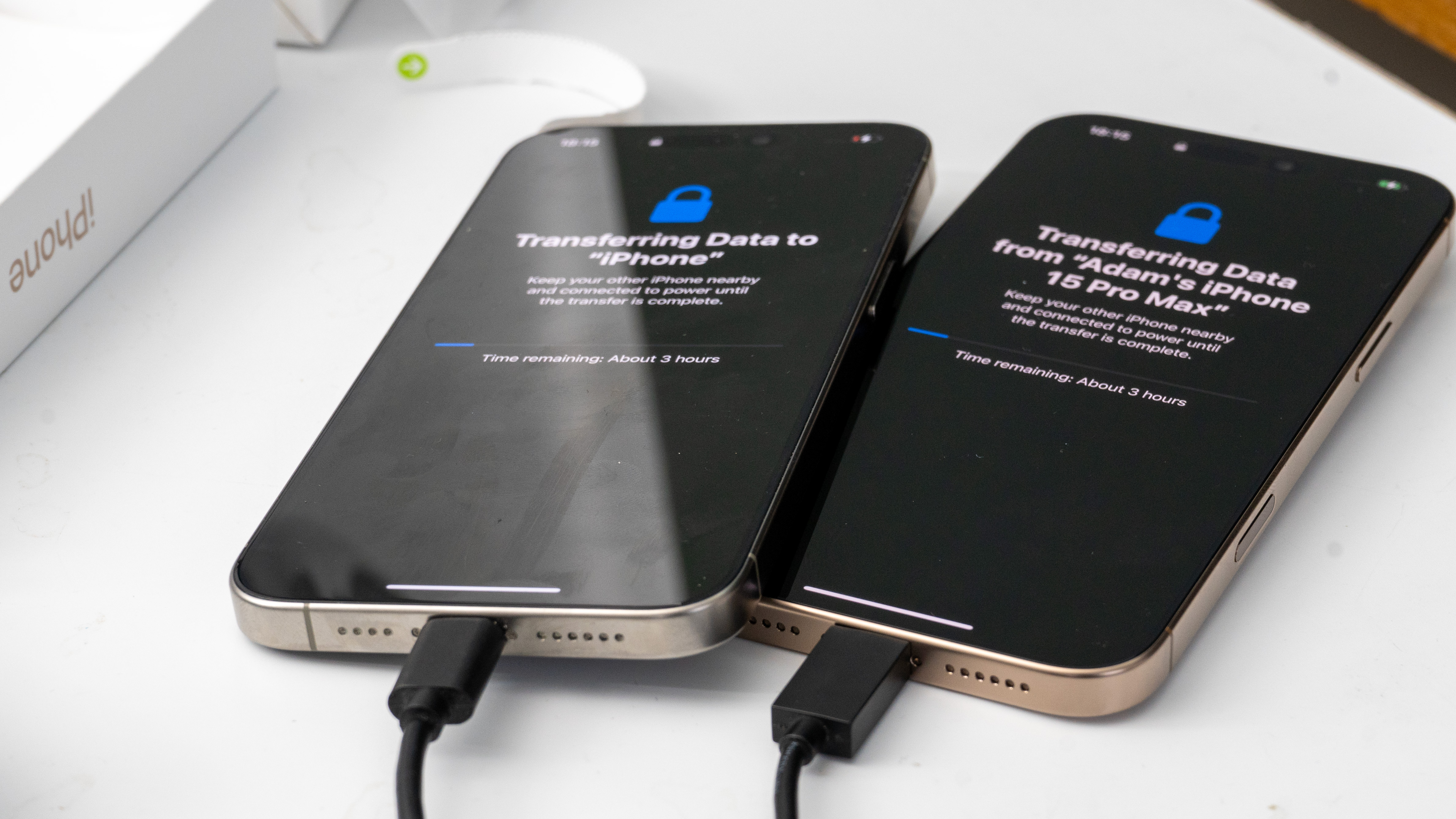Will the next iPhone cost over $2,000 – or was the iPhone 16 the last ever iPhone? No. It seems Tim Cook has done a VERY last-minute deal!
In a guest essay in the New York Times, Apple expert Patrick McGee explains how your next iPhone will cost $1,000s more – or won't happen at all!

UPDATE: Minutes ago, after I published the below story about the likely impact of Trump's tariffs on the iPhone costs, it was announced that Smartphones and Computers will be exempt from the charges.
That means a lot of the speculation below is now not valid – but the story gives a good idea of just how many things can go wrong, how much change is in the air (and just what we still don't know about cameras).
It also rather suggests that Apple CEO Tim Cook might have managed to persuade the US government of just how much harm their tariffs (without the new exception) were doing to the company and, by extension, the economy.
Original text: Your next iPhone could cost $2000. Or $2000 MORE (depending on how you read it). That's not random speculation, by the way, but the respectable journal that is the New York Times.
In practical terms, that means the top of the line 1TB iPhone Pro Max up from $1599 to around $3500, and even more shockingly the basic iPhone up from $799 to about $2800.
What is the cause of the dramatic leap in prices? Donald Trump's tariffs, as if you hadn't guessed. But how exactly could tariffs – taxes on imported goods – end the iPhone, an American icon?

According to New York Times guest essay writer McGee, 90% of Apple's manufacturing is still done in China, and Tim Cook, as CEO, was incredibly successful during Trump's first term as President in preventing restrictions being put in place which would harm this. He goes so far as to say, "Mr. Cook played the president for the fool."
Get the Digital Camera World Newsletter
The best camera deals, reviews, product advice, and unmissable photography news, direct to your inbox!
Now, though, the tariffs are dangerously high for companies that need to buy from China. They're changing a lot – as I noted in another story (on tariffs and drones) – they're currently at levels known to have caused wars. Going into the weekend 145% on goods from China (with 125% retaliation).
Apple is having to make desperate changes and the immediate response – the only thing possible in the time frame for the iPhone 17 expected in September – is simply to pass those costs on to the customer.

Of course, the stated aim of protectionism – the name for putting tariffs on foreign goods – is to 'protect' domestic (in this case American) production. So the idea that American manufacturing will simply step in and produce its own devices relies on the idea of a large skilled workforce just appearing out of thin air.
Where are all the trained Americans? Where are all the factories and workflows? They simply don't exist. Especially not in the way Apple need them, building up to a million phones a day at peak season. This is achieved, McGee points out, in part because China has a population of low-paid migrant workers about the same as the entire US population that can simply follow demand.
There will be no more iPhones on launch day for everyone if they're all manufactured in America, even after the few years it'd take to set up the supply lines.
And that's before we even start a discussion about raw materials which, let's face it, are under whatever borders they're under already!
It is true that with the iPhone 16E Apple has finally introduced its own modem chip, but that doesn't solve every issue. It's also true that the new tariffs target the countries – India and Vietnam – that Apple had started to build up, hence the desperate flight of iPhones out of India we have covered elsewhere.
It's easy to see how this might spell the end for Apple. It can't easily pivot, and, yes, I love my iPhone and I like iOS more than Android, but I don't know if I like it three times as much.
To stick with iOS, the best case for Americans might be simply not to buy a new phone for the next four years (still less time than it's likely to take to re-tool the entire tech industry), which also won't be good for Apple. Can it really survive an entire presidential term without its home market?
Oh, and even if you don't own any Apple devices, this could pose a problem for you. Apple represents the better part of 10% of the S&P500 index, which means some of your investments you spend on other devices are probably tied up in Apple!
You might also like
Check our guide to the best iPhone for photography and the best non-DJI drone.

With over 20 years of expertise as a tech journalist, Adam brings a wealth of knowledge across a vast number of product categories, including timelapse cameras, home security cameras, NVR cameras, photography books, webcams, 3D printers and 3D scanners, borescopes, radar detectors… and, above all, drones.
Adam is our resident expert on all aspects of camera drones and drone photography, from buying guides on the best choices for aerial photographers of all ability levels to the latest rules and regulations on piloting drones.
He is the author of a number of books including The Complete Guide to Drones, The Smart Smart Home Handbook, 101 Tips for DSLR Video and The Drone Pilot's Handbook.
You must confirm your public display name before commenting
Please logout and then login again, you will then be prompted to enter your display name.